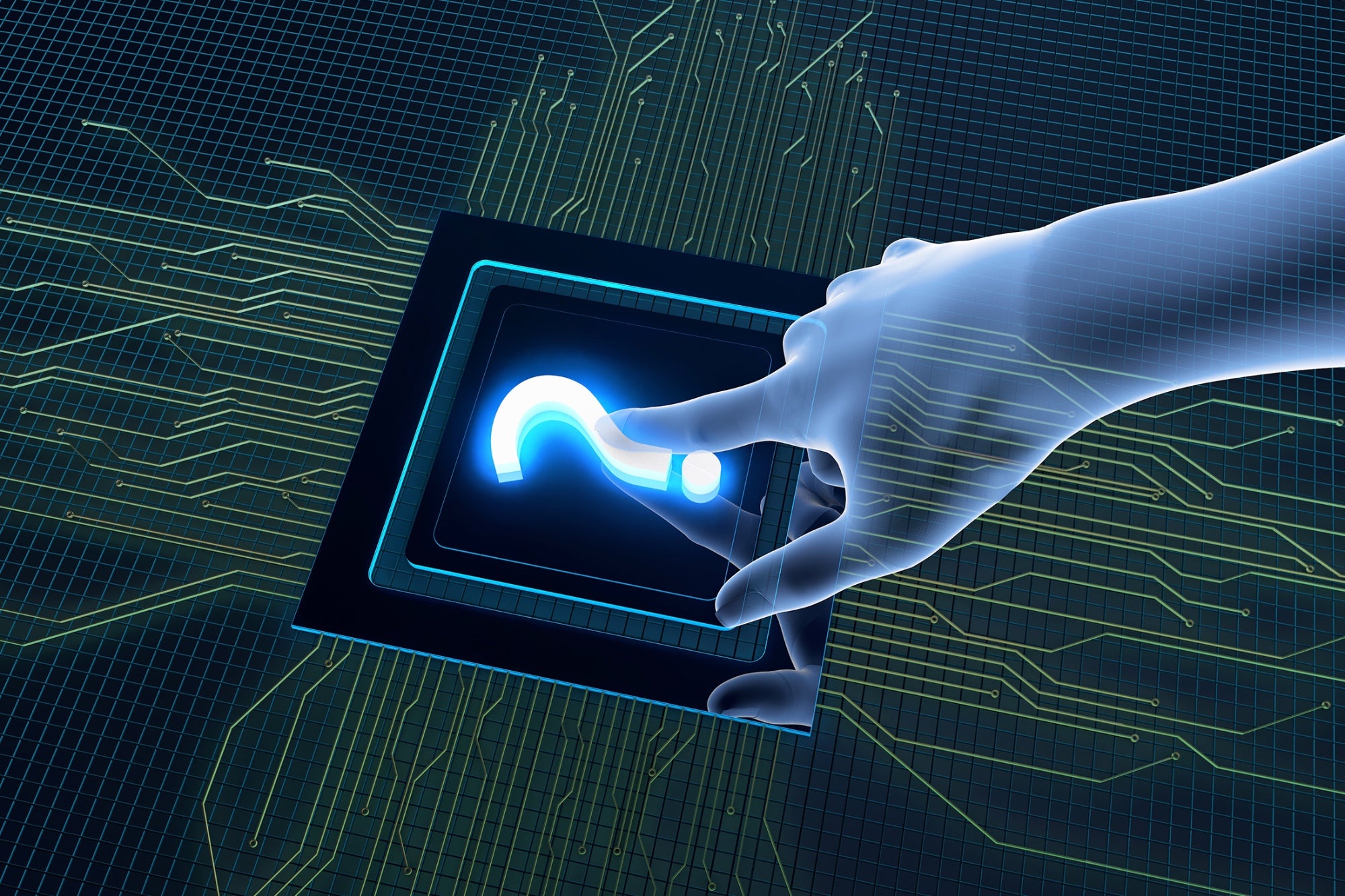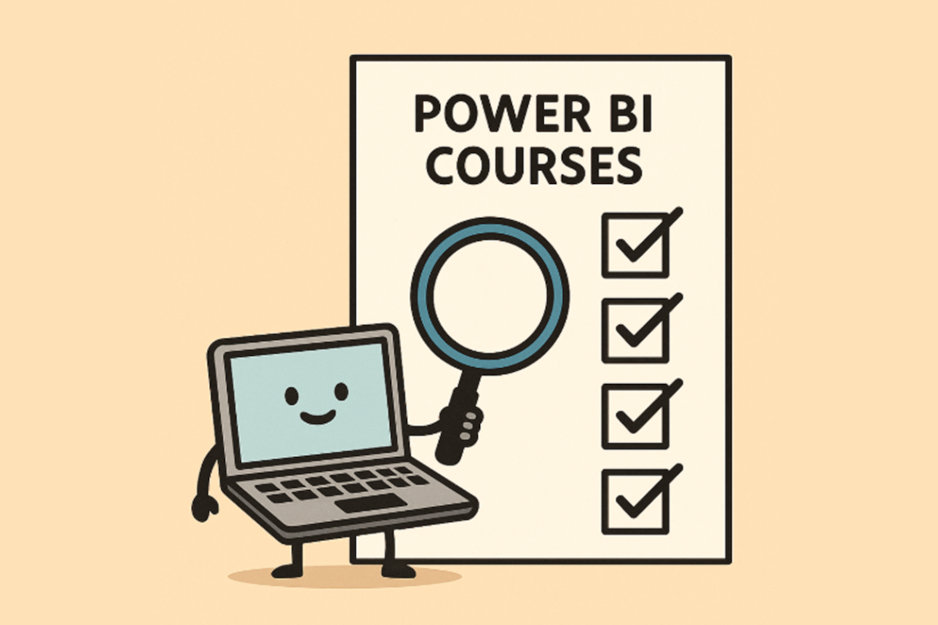Is Your Business Unknowingly Fueling AI’s Dangerous Rewrite of Indigenous Identity?
Here’s a question I’ve been wrestling with lately: Can artificial intelligence honor the vibrant, living identities of Indigenous peoples — or is it just rewriting them into tired, one-dimensional caricatures? As someone who’s spent decades deep in the trenches of business, culture, and digital innovation, I’ve witnessed AI’s dual power: the chance to elevate stories with respect and authenticity, and the risk of flattening rich traditions into misunderstood stereotypes. It’s like handing a paintbrush to someone who only knows black and white — the full spectrum of Indigenous life, past and present, gets lost in translation. This isn’t just a tech problem; it’s a call to action for entrepreneurs and creators to demand AI tools that reflect truth, not trope. So, will AI become a force of inclusion, or will it deepen the cycle of exclusion and erasure? Let’s dive into why this matters—and why we can’t afford to get it wrong.

Opinions expressed by Entrepreneur contributors are their own.
Key Takeaways
- AI is increasingly shaping how Indigenous peoples are seen and heard — but not always in ways that respect their realities or rights.
- From misused languages to harmful visual stereotypes, tech companies and entrepreneurs face urgent choices about how they engage with Indigenous representation in AI.
As someone who works at the intersection of culture, belonging and organizational excellence, I’ve seen AI used thoughtfully — helping companies create inclusive workplace policies, surfacing stories that honor cultural richness and even offering language that celebrates Indigenous Peoples’ Day in a way that reflects strength and possibility.
Yet, I’ve also seen the other side of the coin. AI has recreated old traumas, turning modern Indigenous lived experiences into flat, one-dimensional stereotypes. Instead of representing the present and future of Indigenous communities, AI all too often recirculates outdated caricatures.
This issue raises a hard but necessary question: Will AI become a tool for honoring Indigenous people, or will it deepen the cycle of exclusion, appropriation and distortion? Let’s take a closer look at how AI is failing Indigenous people.
When AI violates consent
OpenAI’s Whisper speech recognition tool was trained on thousands of hours of audio, including te reo Māori — an Indigenous language of New Zealand. Local activists raised alarms that their cultural data was harvested without consent. To many people, this looked like “digital re-colonization.”
When AI picks up Indigenous languages without permission, it risks not only distorting the culture but also stripping communities of control over their heritage. Language is sacred. It represents identity, history and belonging. For Māori advocates, the fear was clear: AI companies benefiting from their language without safeguards was another chapter in a long history of outsiders taking without asking.
Why accuracy matters: Adobe’s missteps with Aboriginal representation
In Australia, Adobe faced backlash when some AI-generated stock images labeled “Indigenous Australians” were found to depict generic and culturally inaccurate portrayals of Aboriginal people. The images featured irrelevant tattoos and body markings that didn’t reflect their real, sacred significance found in Aboriginal communities.
Critics described it as “tech colonialism” — a flattening of complex, distinct traditions into one-size-fits-all tropes. When AI paints Indigenous people inaccurately, it sends a message that Indigenous identity can be commodified, simplified, or cheapened for mainstream consumption.
MidJourney’s insensitive tropes
One of the most visible examples comes from AI art platforms like MidJourney. When people prompt it with keywords, “Native American,” the results too often look like scenes from an old Hollywood movie: men in feathered headdresses, war paint, and tipis in the background.
The Indigenous people of today are professors, software engineers, entrepreneurs, artists and leaders in their communities. They live in cities and reservations, wear the fashion you and I do, and innovate within and outside their traditions. Yet AI’s imagination seems stuck in outdated tropes, erasing the modern Indigenous experience in favor of old history.
Why entrepreneurs should pay attention
If you’re an entrepreneur using AI tools to generate images, text, or branding that references Indigenous peoples, this is more than a cultural issue. It’s also about integrity, trust, and being on the right side of history.
Knowingly publishing AI-generated content that misrepresents or stereotypes Indigenous people risks damaging your credibility, alienates communities, and may even spark legal or reputational battles.
But beyond business risk, there’s a deeper responsibility. Entrepreneurs, especially those committed to equity, have a responsibility to help AI tell more accurate, respectful stories.
Related: Why Every Entrepreneur Must Prioritize Ethical AI — Now
Three ways entrepreneurs can get it right
1. Audit your AI output
Before you hit publish, ask yourself: Does this content honor or flatten cultures? Audit your AI outputs with a critical eye. If an image of Indigenous people looks generic, stereotypical or inaccurate, don’t use it. If AI-generated text leans on outdated tropes, just step away.
Think of it this way: If your business is committed to diversity and inclusion in the workplace, your AI-generated content should reflect the same values. If it doesn’t, it’s not just a branding mistake; it’s a breach of trust.
2. Trust and support data sovereignty
Indigenous communities worldwide are advocating for data sovereignty, the right to control and govern the use of their data, including language, stories and images.
Organizations like the Collaboratory for Indigenous Data Governance and the Indigenous Protocol and AI Working Group are leading the charge. They say that AI shouldn’t use Indigenous data without consent, and when it does, it should be to the benefit of Indigenous communities.
For entrepreneurs, this means choosing tools, datasets and partnerships that align with these principles. It also means amplifying Indigenous-led AI initiatives. Supporting data sovereignty is about saying: your voices matter, your knowledge matters and we’re following your lead.
3. Consult and partner with indigenous experts
One of the best ways to avoid mistakes is to bring Indigenous voices to the table.
If your business is creating AI-driven campaigns, products or strategies that involve Indigenous people, partner with Indigenous experts. Seek consultants who understand both culture and technology. Collaborate with Indigenous creatives, data scientists and entrepreneurs.
Representation matters not just in the output but in the process. By ensuring Indigenous people help design, test and review your AI use, you move beyond “checking a box” to fostering real belonging.
Final thoughts
AI isn’t neutral. It reflects the biases, histories and choices of the humans who design and train it. That means we have a choice, too: we can allow AI to perpetuate old stories, or we can demand it become a tool of belonging and equity.
For Indigenous peoples, AI should never mean erasure, misrepresentation or exploitation. Instead, it should uplift their stories, amplify their innovations and reflect the diversity of their present-day lives.
And for entrepreneurs, the responsibility is clear: if you use AI, use it with intention. Don’t let convenience outweigh cultural accuracy. Don’t let speed replace responsibility. Don’t let technology silence voices it should be amplifying. Be on the right side of history.
Key Takeaways
- AI is increasingly shaping how Indigenous peoples are seen and heard — but not always in ways that respect their realities or rights.
- From misused languages to harmful visual stereotypes, tech companies and entrepreneurs face urgent choices about how they engage with Indigenous representation in AI.
As someone who works at the intersection of culture, belonging and organizational excellence, I’ve seen AI used thoughtfully — helping companies create inclusive workplace policies, surfacing stories that honor cultural richness and even offering language that celebrates Indigenous Peoples’ Day in a way that reflects strength and possibility.
Yet, I’ve also seen the other side of the coin. AI has recreated old traumas, turning modern Indigenous lived experiences into flat, one-dimensional stereotypes. Instead of representing the present and future of Indigenous communities, AI all too often recirculates outdated caricatures.
This issue raises a hard but necessary question: Will AI become a tool for honoring Indigenous people, or will it deepen the cycle of exclusion, appropriation and distortion? Let’s take a closer look at how AI is failing Indigenous people.
The rest of this article is locked.
Join Entrepreneur+ today for access.




















Post Comment